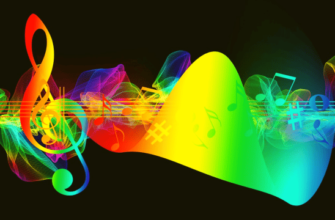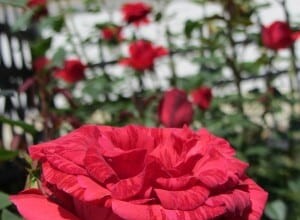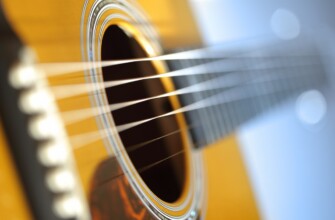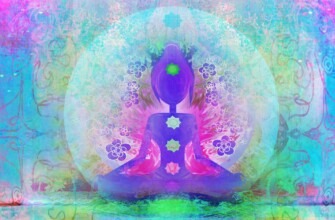Japanese Traditions of Writing Hokku
 So, we have previously learned how to write Russian hokku. Now, let’s try to understand Japanese traditions of writing these beautiful poems as this type of poetry appeared in this country in Middle Ages. Hokku, as a genre, is considered to be adopted in the XV Century.
So, we have previously learned how to write Russian hokku. Now, let’s try to understand Japanese traditions of writing these beautiful poems as this type of poetry appeared in this country in Middle Ages. Hokku, as a genre, is considered to be adopted in the XV Century.
Hokku is translated from Japanese as “initial lines”. At first, it was written in the genre of “renga” which is translated as “collaborative poetry”. Pretty soon, hokku were written separately as independent poems and became quite popular type of poetry in Japan of that time.
Hokku by Matsu Basho
[adrotate group=”1″]Matsu Basho (1644-1694) is one the most prominent and genius poets who used to write in the style of hokku and renga. He is considered to be the first to start writing 3-line stanzas and one of the best writers of hokku.
Basho recommended starting to write a hokku with penetration into inner life of an object or a phenomenon after which the poet had only to convey this inner condition simply and in concise form on the paper that would result in a good hokku.
Basho used to speak about the “sabi” condition which is translated as “enlightened loneliness”. This condition enables the author to see inner beauty of objects and phenomena expressed even in the simplest forms. Basho, himself, used to live a modest life and travel a lot. At the same time, having noble background, he didn’t have any possessions. Nowadays, he still remains one of the most prominent role models for amateur poets. Let’s have a look at some of his hokku…
An old pond.
A frog leaped into the water.
A splash in silence.
Farewell poems,
I meant to write them on a fan.
It broke in my hand.
Come on, my friend!
Let’s walk through the first snow
Until we are dead tired.
[adrotate group=”2″]
Another significant figure in the history of hokku is Masaoka Shiki (1867-1902). It was he who adopted the notion “haiku” which I translated as “comic poems”. He proclaimed the principle of objectiveness as the major one, i.e. images and themes for haiku should be taken from one’s own real experience and not from imagination.
Also, in his understanding, the figure of poet and his judgment should be excluded from haiku if possible. The number of epithets and complicated words should be minimized. Here are some of his famous haiku:
I peal a pear.
Drops of sweet juice
Run down the blade of the knife
I killed a spider
And got so lonely
In the cold of the night
Pears are in blossom.
The only thing left of home
Is ruins
In this article, we will call our poems hokku in order not to limit our themes to funny and comic as I, myself, like to write on various philosophic topics.
[adrotate group=”3″]I would also like to mention that hokku is recommended to be written in 3 lines and 17 syllables. Writing in lines is practically undisputable. In this way hokku has unusual rhythm and differs from other types of poetry. Despite all that, there are people who write hokku in one line which seems to have more disadvantages. That’s why we’ll stick to a 3-line pattern.
There are different variants of what should be written in different lines of hokku, for example:
1) First line tells us about what is going to be described.
2) The second line reveals the matter of the first one.
3) In the third line, the author makes an unexpected conclusion.
What is more foolish than darkness?
I tried to catch a glowworm.
Pricked myself with a thorn.
Matsuo Basho
Or another standard example:
The graveyard fence
Cannot hold anymore
The pressure of tulips
This hokku also contains opposition of living and dead objects which also brings in good diversity and contrast to a hokku. In any case, it is very good if one line dramatically changes the meaning of the whole hokku.
There are other variants of placing the meaning in the lines. Often, authors would name the topic of hokku in the first line and the two other lines serve for making unexpected conclusions. For example:
Cicada sings
But my old father
Is deaf
Masaoka Shiki
The number of syllables is less defined in hokku. A common hokku has 5 syllables in the first line, 7 – in the second line, and 5 – in the third one. This is an ideal form but in reality even the great Basho didn’t stick to this scheme. He was not the only one to do so. Other classic writers of hokku also have some other forms, different from the traditional style. [adrotate group=”4″]
In Hokku, Soul is More Important than Form
There are many recommendations not to concentrate on this aspect of writing as in hokku soul is more important than external form. Even rhyme is not important in hokku so it may be neglected while writing a good hokku.
Many researchers and linguists note that writing in hieroglyphs significantly differs from writing in other languages in length, rhythm, and information value.
For instance, in order to have the same information value in Russian the author should write a bit longer hokku; to have the same information in English the author should write shorter hokku.
Japanese kanjis have wider range of meanings, than symbols in Russian. For instance one kanji may represent both “evening” as a part of a day, and feeling, like “being sad”.
That’s why it is easier to create meaningful hokku with slight shade of feelings is much easier in Japanese. But we don’t try to find easy ways so try to stick to a traditional metre in writing hokku.
Hokku – the Best Trainer for Mind and Imagination
All the above-mentioned facts turn writing of hokku into even bigger gymnastics for mind compared to the Japanese, as we have express all the beauty of feelings of our big and broad soul in fewer words.
[adrotate group=”5″]In addition to that, hokku develops uncommon and individual thinking and its writing is used in psychotherapy because while writing in hokku a person writes not with the words but with feelings and images. When intellect goes on the background, one may hear his soul and simply relax and rest mentally.
One of the most wonderful and positive influence of hokku is the ability to open your soul and let artistic bursts of inspiration in. This ability is wonderful because, as it is known, all greatest discoveries, paintings, poems, music and other artistic productions originated in this way and not in the way of intense thinking. Often, intense thinking only distracts.
Masterpieces are practically never created with ideal technique and pattern work. So I wish you to learn to hear yourself and create masterpieces in the areas you are fond of and not simply by doing a good job. For this matter, I recommend you to be less afraid, experiment more, relax, and, of course, practice writing hokku.
In addition to this article you may read a couple of traditional Japanese recommendations to writing hokku and examples of my own hokku poems in Russian.








